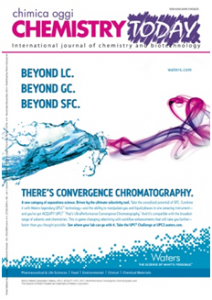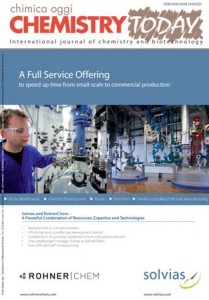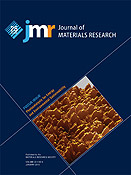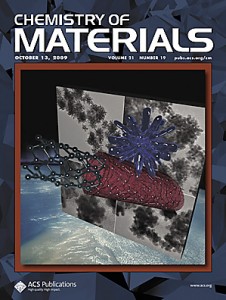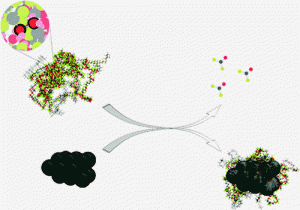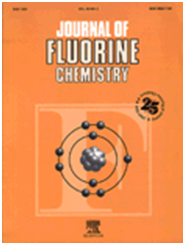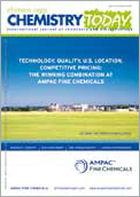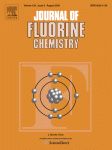Preparation and characterization of superhydrophobic conductive fluorinated carbon blacks.
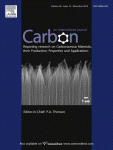 Author(s): SANSOTERA M., NAVARRINI W., RESNATI G., METRANGOLO P., FAMULARI A., BIANCHI C. L., GUARDA P. A.
Author(s): SANSOTERA M., NAVARRINI W., RESNATI G., METRANGOLO P., FAMULARI A., BIANCHI C. L., GUARDA P. A.
Source: Carbon.
Volume: 48 Issue: 15 Pages: 4382-4390.
DOI: 10.1016/j.carbon.2010.07.052. Published: Dec. (2010).
ABSTRACT:
Superhydrophobic conductive carbon blacks were prepared by covalent bonding of perfluorocarbon and perfluoropolyether chains on the conductive carbon black surface. Perfluorodiacyl and perfluoropolyether peroxides were used as reagents for the chemical treatment. Their thermal decomposition produced respectively, perfluoroalkyl and perfluoropolyether radicals that directly bonded the polycyclic aromatic structure of carbon black surface. Measurements of contact angles with water on molded pellets made with carbon black powder demonstrated that water droplets were enduringly stable on the treated carbon blacks. Contact angle values were significantly high, exceeding the superhydrophobicity threshold. On the contrary, the droplets were adsorbed in few seconds by the native carbon black. Conductivity measurements showed that the covalent linkage of fluorinated chains weakly modified the electrical properties of the conductive carbon black, even if the surface properties changed so deeply. The relationship between the linkage of fluorinated chains and the variations of physical?chemical properties were studied combining electron spectroscopy, resistivity measurements, X-ray diffraction, scanning electron microscopy, surface area analysis and thermal gravimetric analysis. The superhydrophobic conductive carbon blacks were compared with a superhydrophobic carbon black obtained by direct fluorination of conductive carbon black with elemental fluorine, F2.
http://www.sciencedirect.com/science/article/pii/S0008622310005567



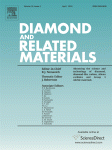
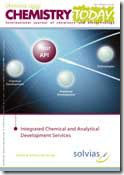 Author(s): NAVARRINI W., SANSOTERA M., VENTURINI F., BIANCHI C. L., GUARDA P. A., RESNATI G.
Author(s): NAVARRINI W., SANSOTERA M., VENTURINI F., BIANCHI C. L., GUARDA P. A., RESNATI G.